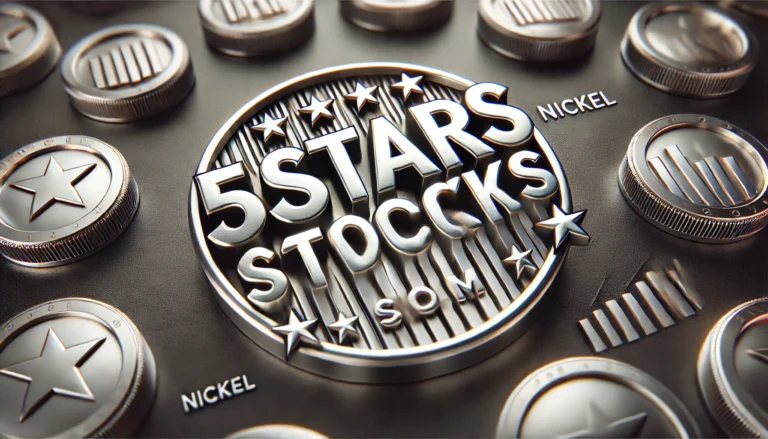Helonia Neue: A Glimpse into a Futuristic Typeface
Typography is an essential aspect of design, communication, and branding. It shapes the way we perceive text and, consequently, the messages conveyed. Among the myriad typefaces available today, some stand out not just for their aesthetic appeal but also for their functional versatility. One such typeface is “Helonia Neue.” This article delves into the characteristics, history, and applications of Helonia Neue, a typeface that has caught the attention of designers and typographers around the world.
Origins and Inspiration\
Helonia Neue is a modern sans-serif typeface that emerged as a reinterpretation and evolution of its predecessor, the original Helonia typeface. Its development was driven by a need for a more versatile, contemporary design that could adapt to the demands of digital and print media. The typeface is inspired by the clean, geometric lines of classic modernist typography, yet it incorporates subtle humanist touches that soften its appearance, making it more approachable and readable.
The term “Neue,” which is German for “new,” signifies a rebirth or modernization of an older style. In the case of Helonia Neue, it indicates a careful refinement of the original Helonia, with improved kerning, weight distribution, and character set expansion. The goal was to create a typeface that could serve as a reliable workhorse for a variety of design applications, from user interfaces and branding to editorial layouts and signage.
Design Characteristics
Helonia Neue is characterized by its geometric precision and balanced proportions. It features a clean and neutral design, with letters that are constructed from basic shapes like circles and straight lines. However, it avoids the cold, mechanical feel often associated with geometric sans-serifs by incorporating subtle details that add warmth and personality.
Key Features:
- Uniform Stroke Width: Helonia Neue maintains a consistent stroke width across all its characters, giving it a cohesive and harmonious appearance. This makes it ideal for use in both body text and headlines.
- Open Apertures: The typeface features open apertures, particularly in letters like ‘a’, ‘e’, and ‘c’. This enhances legibility, especially at smaller sizes or in low-resolution displays.
- Balanced x-Height: The x-height of Helonia Neue is moderately high, which improves readability in small text and makes it suitable for a variety of digital and print contexts.
- Wide Range of Weights: Helonia Neue comes in multiple weights, from thin and light to bold and black. Allowing designers to use it flexibly across different design elements.
- Extended Character Set: The typeface supports a wide range of languages and includes numerous special characters, ligatures, and numerals, making it suitable for international use.
Applications and Use Cases
One of the key strengths of Helonia Neue is its versatility. It can be used effectively across a broad spectrum of design scenarios. Here are some of the primary applications where Helonia Neue excels:
1. Branding and Identity Design
Helonia Neue’s modern, clean aesthetic makes it an excellent choice for corporate branding and identity systems. Its neutral tone ensures that it doesn’t overpower other design elements, while its refined details add a touch of sophistication. The various weights and styles allow for cohesive branding across different mediums, from business cards and stationery to digital platforms and advertising.
2. Editorial and Print Design
For editorial and print design, Helonia Neue offers the clarity and readability needed for long-form text. Its open apertures and balanced x-height make it easy on the eyes, even in dense paragraphs. The availability of different weights allows for a well-structured hierarchy. Helping to guide the reader’s attention through articles, reports, and magazines.
3. User Interface (UI) Design
In the digital realm, Helonia Neue shines in user interface design. Its clean lines and legibility at small sizes make it an ideal choice for navigation menus, buttons, and form labels. It provides a contemporary look without sacrificing usability, which is crucial for creating intuitive and accessible digital experiences.
4. Signage and Wayfinding
For signage and wayfinding, clarity and readability are paramount. Helonia Neue’s geometric design and uniform stroke width ensure that it is easy to read from a distance. Its versatility in weight and style also means it can be adapted to various environmental contexts, from indoor directories to outdoor signage.
Popularity and Reception
Since its release, the design community has embraced Helonia Neue. Designers praise its balanced approach, which combines the rigidity of geometric sans-serifs with the readability and warmth of humanist designs. This blend makes it a favorite among designers who seek a typeface that is both modern and approachable.
Many prominent brands and publications have adopted Helonia Neue for its versatility and clarity. Its ability to convey professionalism and modernity without being overly sterile has made it a go-to choice for a range of applications.
Future Prospects
As typography continues to evolve with technology, typefaces like Helonia Neue are likely to remain relevant. Its adaptability to various media, from high-resolution screens to printed materials. Ensures that it will continue to be a valuable tool for designers. Moreover, as global communication becomes more interconnected, the need for typefaces with extensive language support and versatile design will only grow.
Conclusion
Helonia Neue stands as a testament to the power of thoughtful typography. By merging the geometric precision of classic sans-serifs with a humanist touch. It offers a typeface that is both versatile and distinctive. Whether for branding, editorial design, UI design, or signage, Helonia Neue provides a reliable. Modern solution that meets the diverse needs of contemporary design.
In a world saturated with typefaces, Helonia Neue distinguishes itself with its careful balance of form and function. It is not merely a tool for communication but a bridge between aesthetics and utility, a typeface that serves its purpose without losing its soul.




